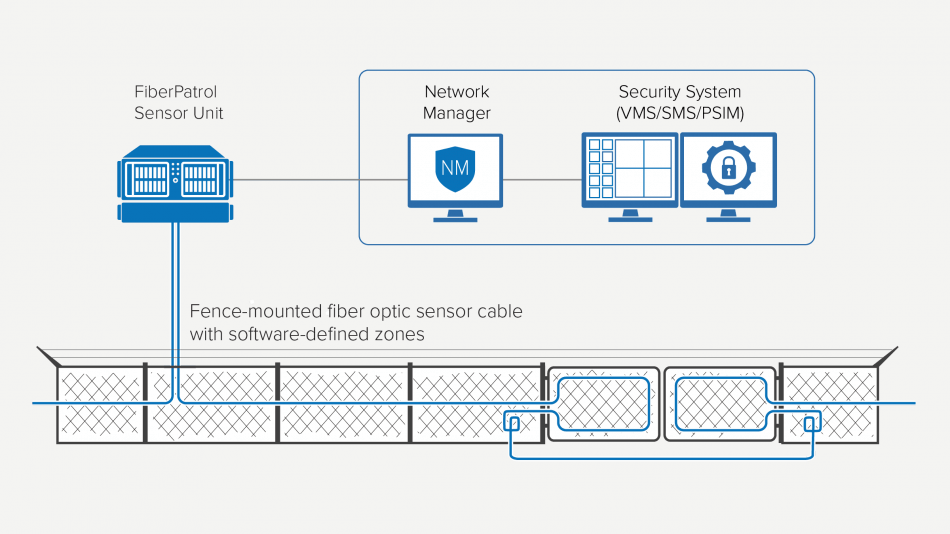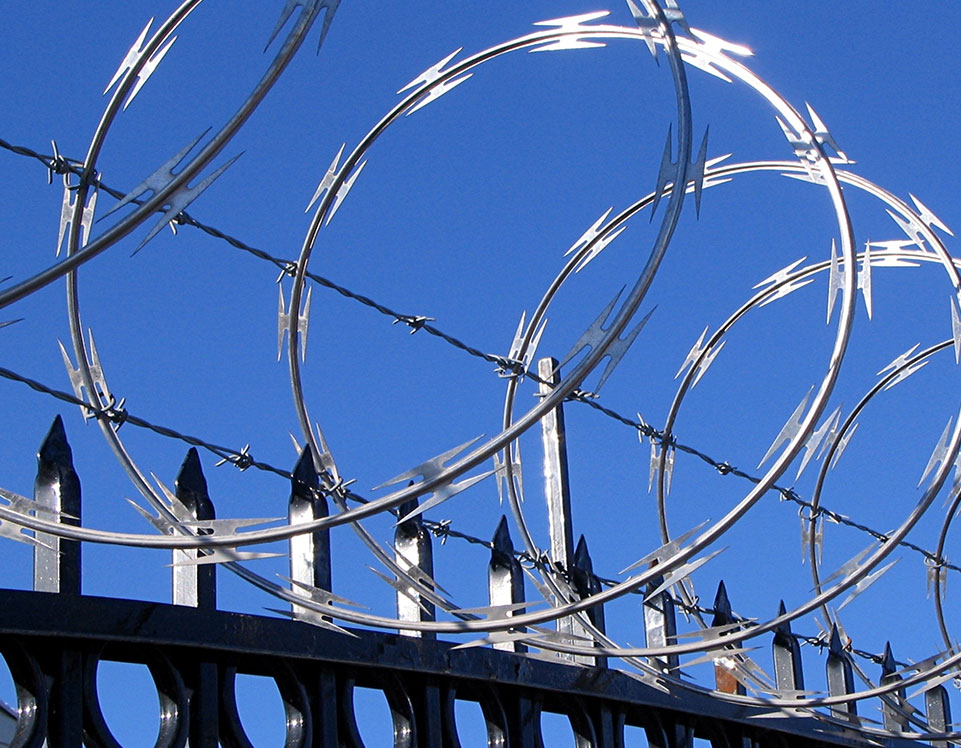Why Choose a Fiber Optic Security System for Maximum Protection and Efficiency
Why Choose a Fiber Optic Security System for Maximum Protection and Efficiency
Blog Article
Why Fiber Optic Safety And Security Systems Are the Future of Defense
The transition to fiber optic security systems notes a considerable development in the world of security, driven by their extraordinary information transmission abilities and resilience to outside interferences. As the landscape of protection progresses along with emerging modern technologies such as AI and IoT, the possibility for fiber optics to improve and redefine safety infrastructures comes to be significantly obvious.
Benefits of Fiber Optic Solutions
Among the primary advantages of fiber optic systems is their premium bandwidth ability, which helps with the transmission of huge volumes of information over long distances without considerable loss. This particular is especially valuable for safety and security applications that call for the continual tracking and transfer of high-def video clip feeds, sensor information, and various other important information. Fiber optics can suit the growing demands of modern safety and security systems, making certain that data stays undamaged and trustworthy.
In addition, fiber optic cables are less susceptible to electromagnetic disturbance, which can be a substantial concern in settings with various electronic gadgets. This resistance boosts the integrity of the data being transferred, consequently minimizing the danger of information violations or system failures. Fiber optic systems are inherently much more secure than conventional copper cords, as touching right into a fiber optic line without discovery is exceptionally hard.
The resilience of fiber optic cable televisions likewise adds to their charm. They are immune to ecological aspects such as dampness and temperature level fluctuations, decreasing maintenance costs and increasing system longevity. Overall, these advantages position fiber optic systems as a durable and effective option for contemporary safety facilities, guaranteeing reputable and safe information transmission.
Boosted Information Transmission Speed

The capability to transfer huge amounts of data promptly promotes the smooth assimilation of high-def video clip feeds and progressed analytics. Safety systems can now refine and examine info in real-time, enhancing action times and situational understanding. Furthermore, fiber optic connections support longer transmission ranges without degradation of signal quality, making them ideal for extensive protection networks.
The raised speed of fiber optic systems not only boosts the effectiveness of safety and security operations yet additionally reduces latency. This is specifically essential in crucial circumstances where timely decision-making can stop safety and security breaches or minimize prospective risks. As organizations proceed to prioritize security and efficiency, the demand for rapid and trustworthy data transmission will undoubtedly strengthen fiber optic systems as a foundation of contemporary protection facilities.
Resistance to Interference
Fiber optic security systems continually demonstrate exceptional resistance to electro-magnetic interference, an essential advantage in settings susceptible to digital noise. Unlike typical copper cable televisions, which can be negatively influenced by electromagnetic areas, radio frequency disturbance, and other forms of electric disturbance, fiber optic cords utilize light to send data. This integral residential property guarantees that the signals continue to be clear and unaltered, no matter of surrounding digital task.
Making use of glass or plastic fibers in fiber optic modern technology produces an obstacle against disturbance, permitting reputable information transmission even in tough scenarios such as industrial centers, fiber security system urban areas with high digital traffic, or places near radio towers. This particular significantly minimizes the likelihood of signal deterioration or loss, making fiber optic systems specifically suitable for safety and security applications where stability and precision of information are paramount.
Moreover, this resistance to disturbance boosts the general efficiency and dependability of protection systems, making sure that surveillance and alert systems work flawlessly. In a globe where safety is significantly endangered by sophisticated modern technologies, the strength of fiber optic systems stands out as a crucial feature, enhancing their standing as a vital element of modern security facilities.
Cost-Effectiveness Gradually
Considerable cost financial savings can be attained with time with the application of fiber optic safety systems. While the first financial investment might appear greater contrasted to traditional copper-based systems, the lasting monetary benefits emerge via decreased operational and maintenance prices (fiber security). Fiber optic cable televisions are naturally more long lasting and less susceptible to environmental elements, which converts to lower substitute and fixing costs over their lifespan
Furthermore, fiber optic systems need much less power to operate, which better decreases power costs. Boosted information transmission capabilities enable less repeaters and amplifiers, minimizing equipment investment and streamlining installation procedures. The scalability of these systems additionally adds to cost-effectiveness, as organizations can increase their security framework without incurring considerable added costs.
One more element to take into consideration is the increased efficiency in tracking and reaction capabilities that optical fiber give. Boosted real-time information transmission can result in quicker case action times, possibly mitigating losses and liabilities connected with protection breaches. In sum, the lasting benefits of fiber optic safety and security systems not just validate the preliminary expense however likewise position them as a financially prudent selection for companies looking for robust protection remedies.

Future Technologies in Security
Progressing innovations are readied to change safety systems, incorporating fabricated knowledge (AI) and artificial intelligence to improve hazard detection and response capabilities. These technologies will certainly allow safety and security systems to assess huge amounts of data in real-time, determining patterns and anomalies that show potential hazards. This aggressive method will certainly enable faster decision-making and a lot more efficient occurrence feedbacks.
In addition, the incorporation of the Internet of Points (IoT) is paving the method for interconnected safety tools, offering detailed monitoring and tracking. Smart sensors can communicate information about environmental adjustments, while automated informs can inform protection workers quickly of suspicious activities.
In addition, the evolution of biometric technologies will further strengthen safety and security devices. Facial acknowledgment, fingerprint scanning, and retina recognition are ending up being much more advanced, offering layers of verification that are difficult to bypass.
Verdict
To conclude, fiber optic security systems stand for a considerable improvement in defense innovation, using unparalleled data transmission rate, resistance to electro-magnetic interference, and lasting cost-effectiveness. As the need for innovative security options proceeds to expand, the integration of fiber optics with arising technologies such as AI, IoT, and biometrics will even more enhance safety frameworks (fiber security). The combination of these technologies will make sure an extra safe and responsive setting, solidifying optical fiber as a cornerstone of future safety systems
Report this page